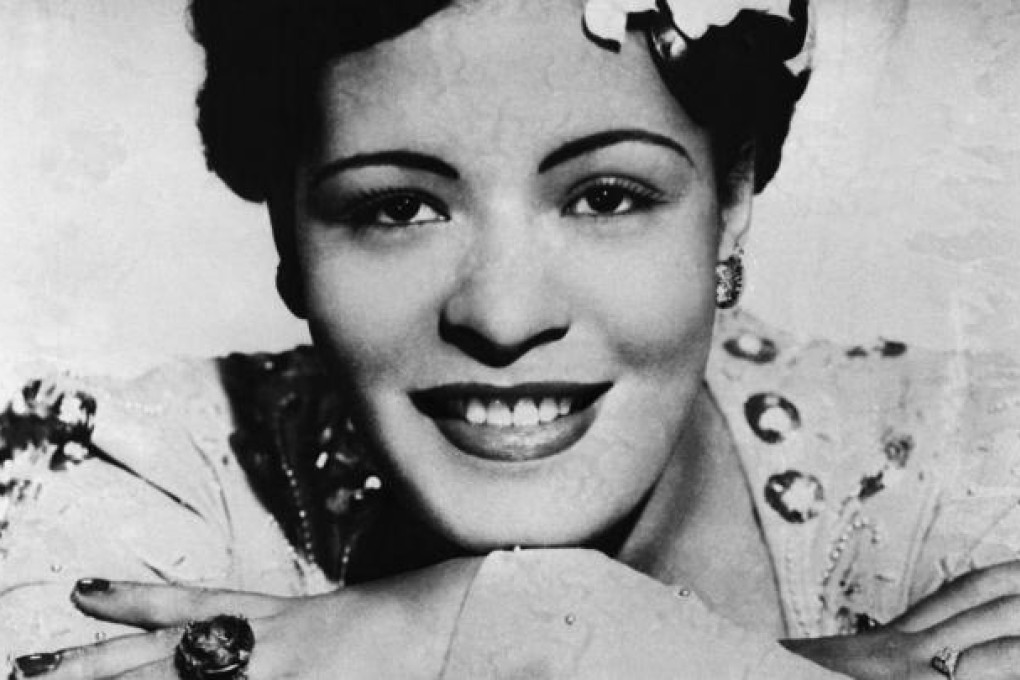Rewind album: Lady Day: The Complete Billie Holiday on Columbia 1933-1944

Legacy Recordings

It was in a New York studio on December 8, 1957, that CBS brought together some of the world's great entertainers as part of the station's The Sound of Jazz programme. But all eyes were on a woman sitting front and centre. Years of abuse - alcohol, drugs and a series of often brutal relationships - had taken their toll on Billie Holiday, but she had come in to record a sweet and soulful version of Fine and Mellow, backed by the likes of Coleman Hawkins and Gerry Mulligan.
Jazz romantics have always been more focused on the man playing the track's second saxophone solo in that studio. But not too long after Holiday begins singing "My man don't love me. He treats me oh so mean", when he breathes life into the instrument, a look of delight comes to Holiday's face and, as she nods and smiles, perhaps some of her pain is forgotten, for that moment at least.
Lester Young was that saxophonist and also the man who had christened Holiday "Lady Day" (she called him "Prez"). There has never been a voice quite like Holiday's, in terms of style and of capturing pure, sweet emotion, and she always said Young's playing was its perfect partner. They had been reunited for that performance after their lives had drifted apart following a friendship formed at the beginning of their careers, as Holiday emerged from prostitution and from prison to become a recording star. That they would both be dead within two years of the session - and within four months of each other - added to the poignancy of the moment.